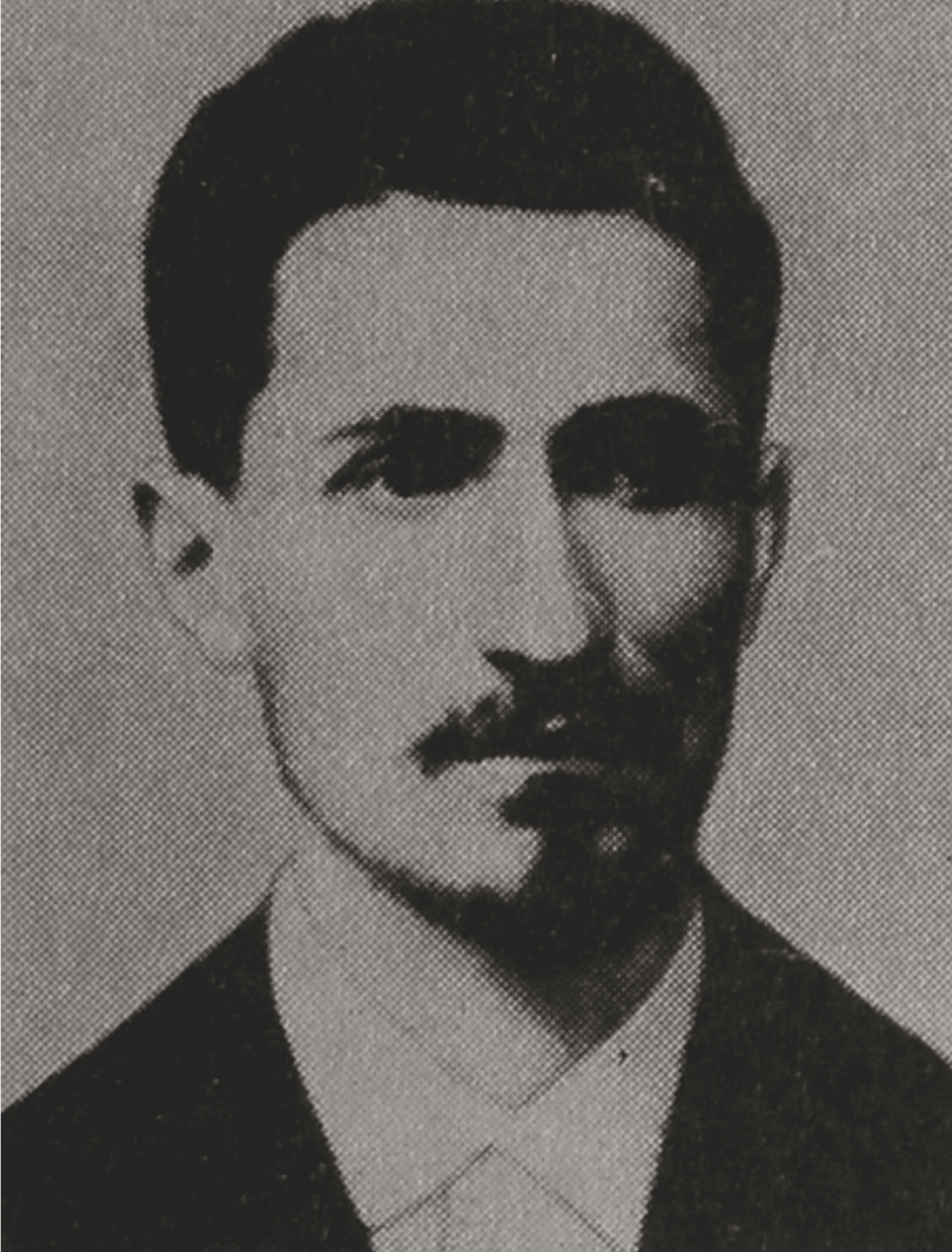Birth of Vano Khojabekian (January 14, 1875)

Like writer Gabriel Sundukian with his plays, Vano Khojabekian, a self-taught artist, left a visual depiction of the life of old Tiflis (Tbilisi) for posterity with his pencil drawings.
His actual name was Hovhannes Khojabekian. He was born in the capital of Georgia on January 14, 1875, in a very humble family. He worked as an apprentice at his brother’s store from the age of seven. He started drawing with pencil at the age of fourteen. He was married in 1901 and had six children. He frequented the painting school of the Tiflis Society of Fine Arts (1904), the atelier of painter N. Sklifasovsky (1910), the School of Painting and Sculpture and the classes of Oskar Schmerling (1916), but he was never able to get a regular education. He showed his works for the first time in 1916 at the exhibition of the Temple of Glory gallery, and became a member of the Union of Armenian Artists of Tiflis in 1917. Over the years, he was a storekeeper, a railway worker, a custodian at coffeeshops and tea shops, and even a gravedigger.
In 1919 Khojabekian left for Yerevan to participate in the third exhibition of the Union of Armenian Artists and saw there the refugees and survivors of the genocide, who inspired his best series of drawings. He worked at the cafe “Union” of Tiflis as a custodian, and then as a guard at the theater.
Vano Khojabekian was the painter and chronicler of the popular feasts and the popular masses of Tiflis, His drawings depicted the surrounding reality with a style and forms of his own. He showed a particular talent to highlight the local and ethnic characteristics of each figure. His drawings are kept in museums of Yerevan, Moscow, Tiflis, and the Mekhitarists of Venice.
In 1922 Khojabekian contracted pneumonia and passed away on November 16 of that year. He was buried in the cemetery of Verey, and his body was reburied in 1938 in the Pantheon of Armenian Artists in Tiflis.
